Starting a new blog is so dang exciting.
You have endless themes to choose from, social sharing buttons to decide on and oh, the fun of writing your very first blog post.
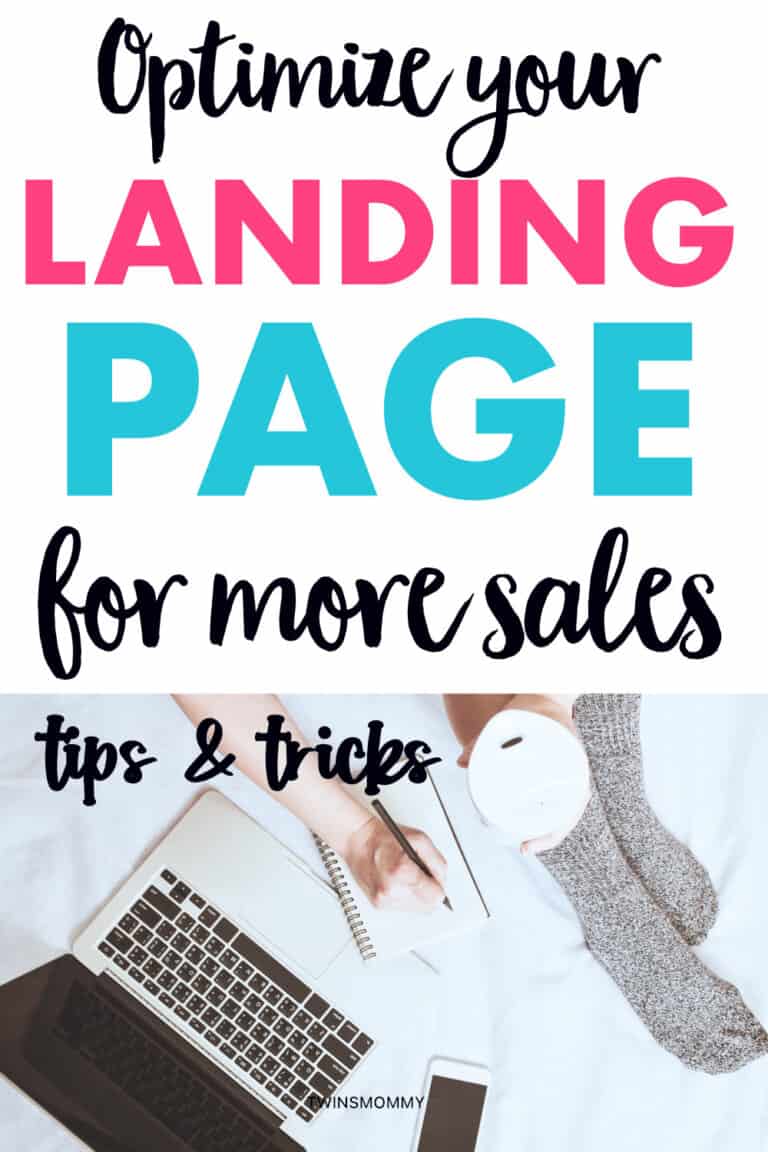
But when the excitement wears down, you start to become aware of all the new terminology blogging opens up.
You read about favicons, plugins, hyperlinks and long-tail keywords.
It’s a lot to take in.
And now, you’ve been hearing about landing pages. Do bloggers need to know about landing pages?
Yes!
If you’re wondering what landing pages are and how to use them effectively on your site, I’m sure it’s been tough to find that information online.
You know why? Because most of the information about landing pages is geared towards marketers and small businesses.
You’re a blogger, not a marketer.
Let’s look at what landing pages really are, the best practices when using them and some creation tools you – the blogger – should become familiar with.
Landing Pages and Why You Need Them
A landing page is the initial page – usually created with a purpose in mind – your visitor lands on after clicking on an ad, a link in an email, a call-to-action on social media, or many other sources.
For example, Michelle Stevens, Pinterest marketer , links her sign-up button on her Youtube description page to her landing page.
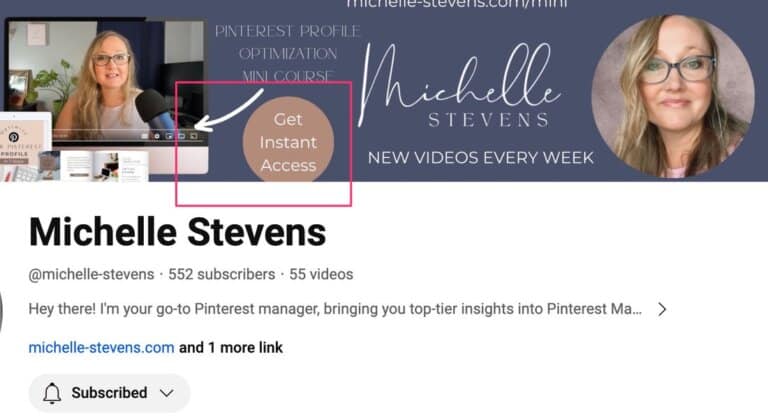
This means that a visitor to her Youtube video will see the sign-up button and may decide to click on it.
People can also access your landing page simply by typing in a URL, and it’s often a site’s homepage.
This is what I have done for Twins Mommy!
If you just type that into your browser, you will come to my home page and right here is a big ol’ sign up form.
Another type of landing page you may have seen is a pop-up.
This is an opt-in form that suddenly pops up while you’re reading the page or as you leave the page.
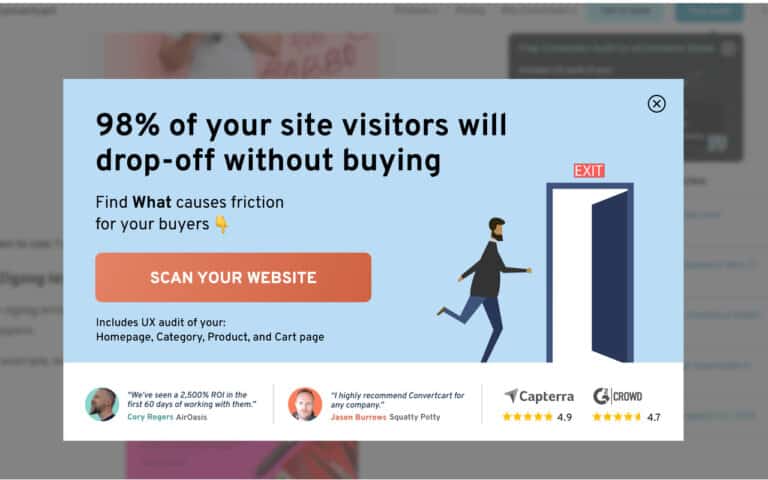
These are a little intrusive and ones that I stopped using years ago.
So, what’s so great about having a landing page on your site?
1. You Generate More Subscribers
Using a landing page for your email marketing can boost your conversion rates much higher than any other way to grow your email list.
Why so high?
The simple answer is that visitors have a limited amount of options to choose from.
Studies have shown that when presented with too many options, people almost always freeze and don’t choose anything.
But, if they are presented with only a few options, the chances of them making a choice is much higher – 900% higher.
And it’s no different online.
Just take a look at Cassidy’s landing page (which is her home page).
She wants a new user to sign up to her free email series. There’s only one call-to-action
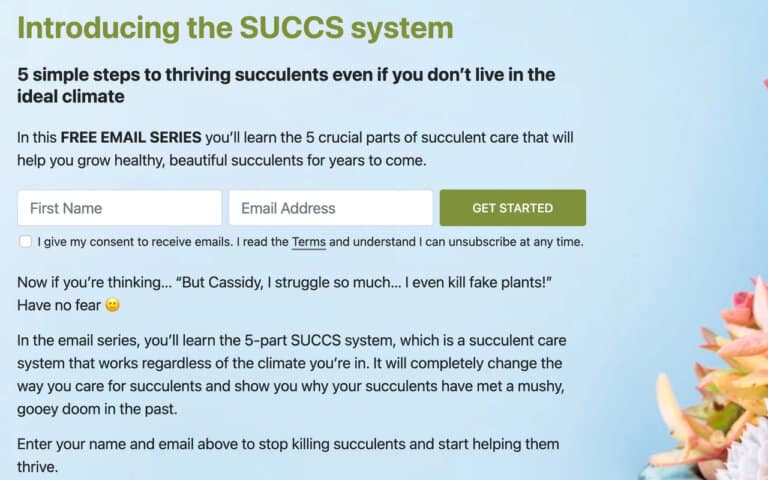
2. Lead them Into a Sales Funnel
If you have a product or course for sale, there’s no doubt that your email list can help you to increase sales.
What bloggers and entrepreneurs are doing now is creating free courses that give subscribers a bite-sized chunk of their paid course.
So, the free course becomes part of a sales funnel for the complete course.
For example, Six Sister’s stuff has a landing page where visitors can sign up to a free meal prep class they offer.
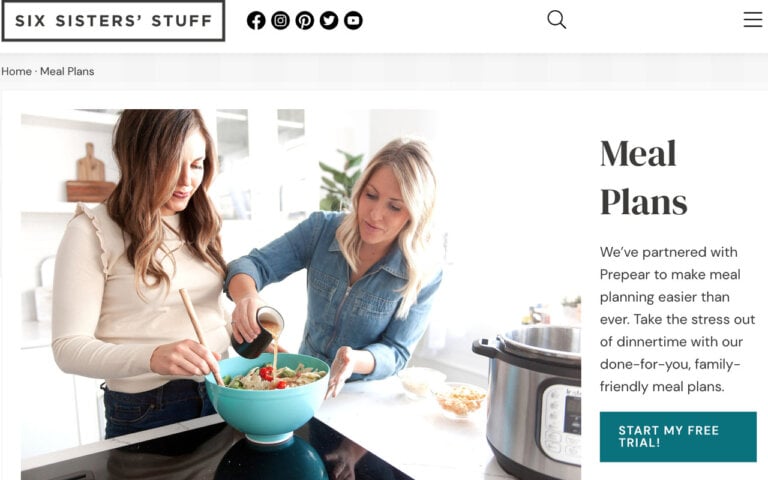
If they don’t want to, they can access the menu or their socials to go somewhere else.
By doing this, they are growing their email list, which helps in converting her list into buyers down the road.
3. Direct Visitors to Your Product Immediately
Typically, bloggers don’t do this. Instead, we advertise something free like an opt-in freebie.
But, one way to grow your income as a blogger is to push out your product right from the beginning.
This could be a new eBook, masterclass or course you have. But make sure to wrap it up as a discount or some free chapter or part of your product.
This way, it does act as a freebie for your audience.
Look at Simple Pin Media. Their homepage has an incentive to book a call with them.
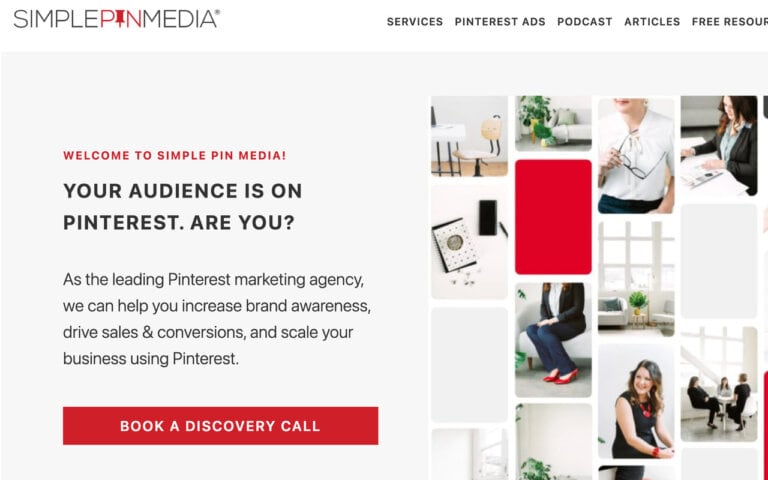
Everything on that page directs a visitor to book a discovery call. It’s a great way to get people to trust you based on the brand you built.
Landing Page Best Practices
Now that you’re excited about trying out a landing page for your blog, what are the best practices to generate a high conversion rate?
While each landing page is created differently and used for different purposes, these best practices are a starting point to help you generate more subscribers and eventually, more sales.
What works in one niche may not translate well into another niche, so keep that in mind when trying out these suggestions.
1. Have a Great Headline
Whether it’s a blog post, sales page, or landing page, the very first thing a visitor reads is the headline.
You have forty seconds to 1 minute to entice a reader to keep on reading. If your headline holds the attention and interest of the reader then you should have no problem engaging them with your offer.
Some tips on creating powerful headlines:
- Your headline should solve a problem
- According to CoSchedule, the most popular headlines are list posts and those that have you/your in them
- Consider using a proven headline formula with a clickable headline to tugging at the problem and then using your incentive as the solution.
2. Remove All Distractions
Removing distractions can actually increase your conversion rate by upwards of 28%.
When you have too many distractions, it starts to compete with your main call-to-action. Your visitors won’t know what to click and may end up either bouncing, or visiting your blog or about page instead.
So, what distractions should you remove on your landing page?
Having Too Much copy isn’t a Good Thing
Having unnecessary information can kill your conversions fast.
You may think it’s important to include everything you have to offer when people sign up to your list – such as the names of every download they’ll receive – but what you really need is concise copy that persuades.
And that means highlighting the benefits, not the features (i.e. all the things you’ll get once you exchange your email address).
For example, take a look at Tiffany’s landing page for her lead magnet.
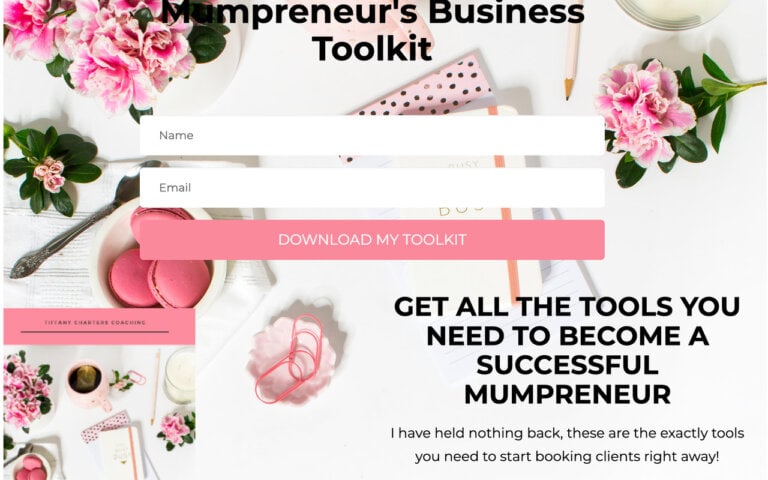
Tiffinay has a small paragraph outlining the benefits of having her mompreneur business tool kit.
Having a Menu
Okay.
This might be difficult depending on your site’s theme and/or layout, but if you can, remove your menu.
Your landing page is intended to convert and having any navigation weakens that conversion.
Less choice = higher conversions for you.
Have One Call-to-Action
I know we’ve touched on this a bit with removing the navigation menu and talking about less choice, but having one purpose or one call-to-action can’t be said enough.
Some silent conversion killers that you may not realize are on your landing page are:
- Having social sharing buttons
- Adding a twofer – two for one deal – in your call-to-action like, “and be sure to check me out on Snapchat!”
- Having to click “I agree” to a privacy policy
3. Use the Right Button Copy
Having the right button copy on your landing page will help you convert more. But, be sure not to use the word, submit in your button copy.
According to Wordstream, using anything but the word submit in your button copy converts better.
So, what should you say in your call-to-action?
Make it Actionable
You want your visitor to take action, right? So use actionable words like:
- Get
- Click here
- Go
- Take this…
- Download
- Grab
- Try it
Make it Personal
If you change only one word, change the pronoun from your to my.
For example, copywriter Henneke Duistermaat from Enchanting Marketing has a landing page for her free writing course and uses my instead of your in the button copy.
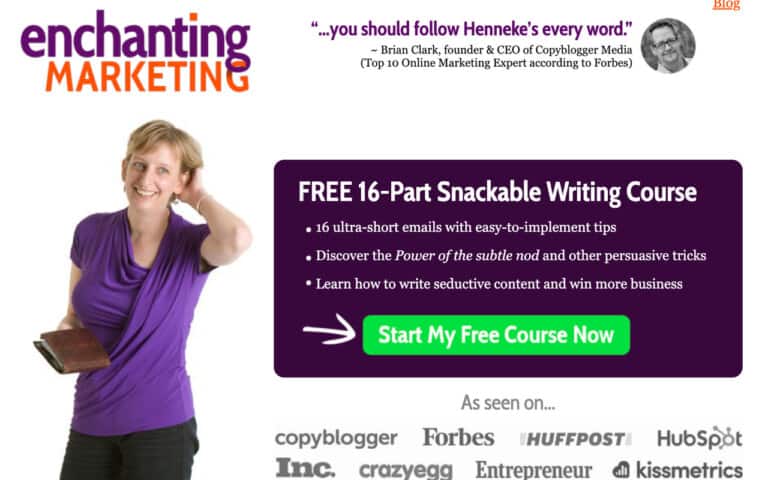
That’s why on my button copy I usually say, “Sign me up.”
4. Use Your Best Judgment
As I mentioned before, what works in one niche may not work in another niche.
For example, one best practice is to have only one call-to-action and to avoid having a menu.
Well, the Minimalist Baker, Dana Shultz, has several calls-to-action and a menu and her freebie doesn’t even have a dedicated landing page.
It’s on the side bar of her blog.
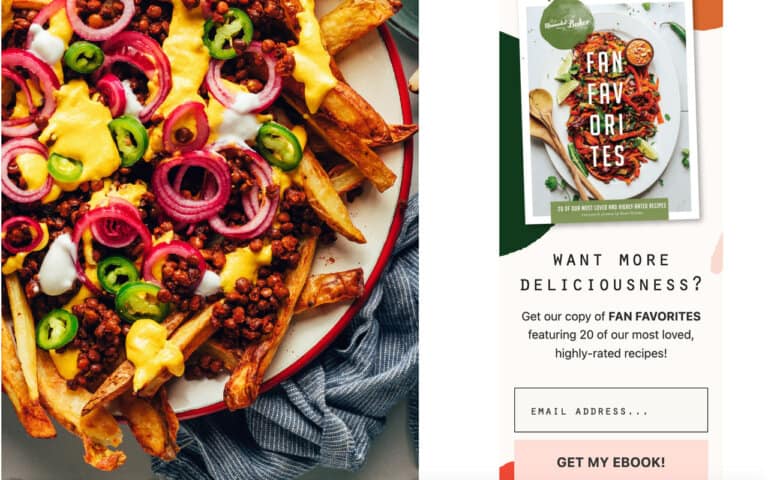
But this doesn’t seem to be a problem for Dana. Her blog routinely brings in millions of visitors a month.
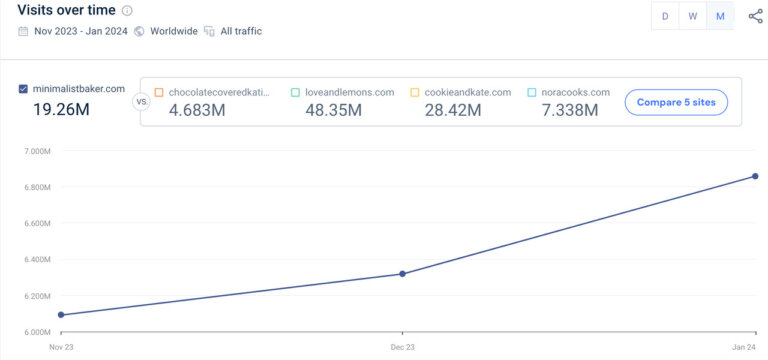
With this kind of popularity, we can only assume she also has a healthy email subscriber list, in spite of her landing page not following best practices.
Landing Page Creation Tools
There are many WordPress landing page plugins to choose from – and ones that don’t require WordPress as well – so let’s take a look at what’s available for bloggers.
1. Convertkit
Convertkit has come a long way with their landing page creation tool.
I haven’t used them yet, but have been to them when visiting other blogger’s pages and website and I’m pleasantly surprised by the look of them.
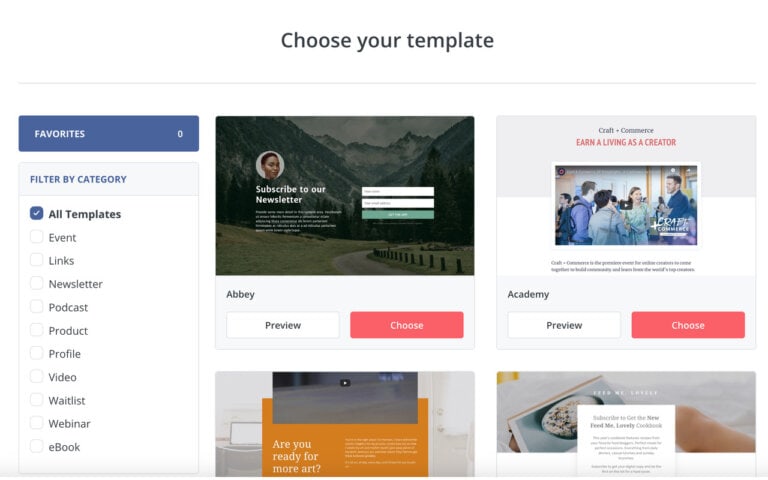
With Convertkit, you simply choose the template you want to use, fill in the information and branding color then you can grab the code to use for your website.
2. Leadpages
Leadpages is a tremendously popular landing page creation suite (and more). With mobile-friendly templates and easy to implement A/B testing and analytics, Leadpages can help you grow your email list quickly.
3. OptimizePress
OptimizePress is a fully customizable landing page builder that does more than just create landing pages. From sales pages to thank you pages to even upsell and downsell pages, this WordPress plugin makes it easy to create pages that convert.
And while you can create your landing page from scratch, OptimizePress comes with over 30 templates to choose from to help you get started.
Wrapping it up
Your blog is your business, right?
If you’re reading about the latest blogging tips to grow your traffic or email list, then there’s no doubt you want to eventually profit from your blog.
I wouldn’t be here without having a dedicated email list filled with subscribers that want to learn from me.
To start on this path, having a landing page on your site will help build your list and eventually generate an income.
Over to you – are you ready to try out landing pages for your blog?
Let me know!




Leave a Reply